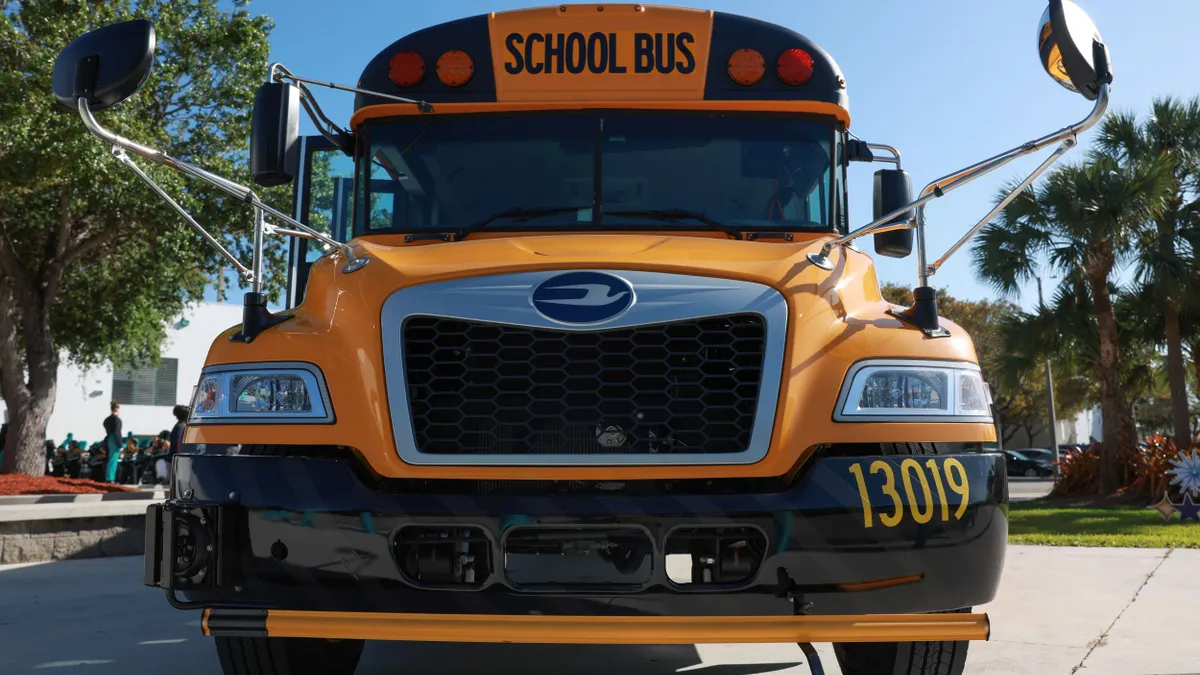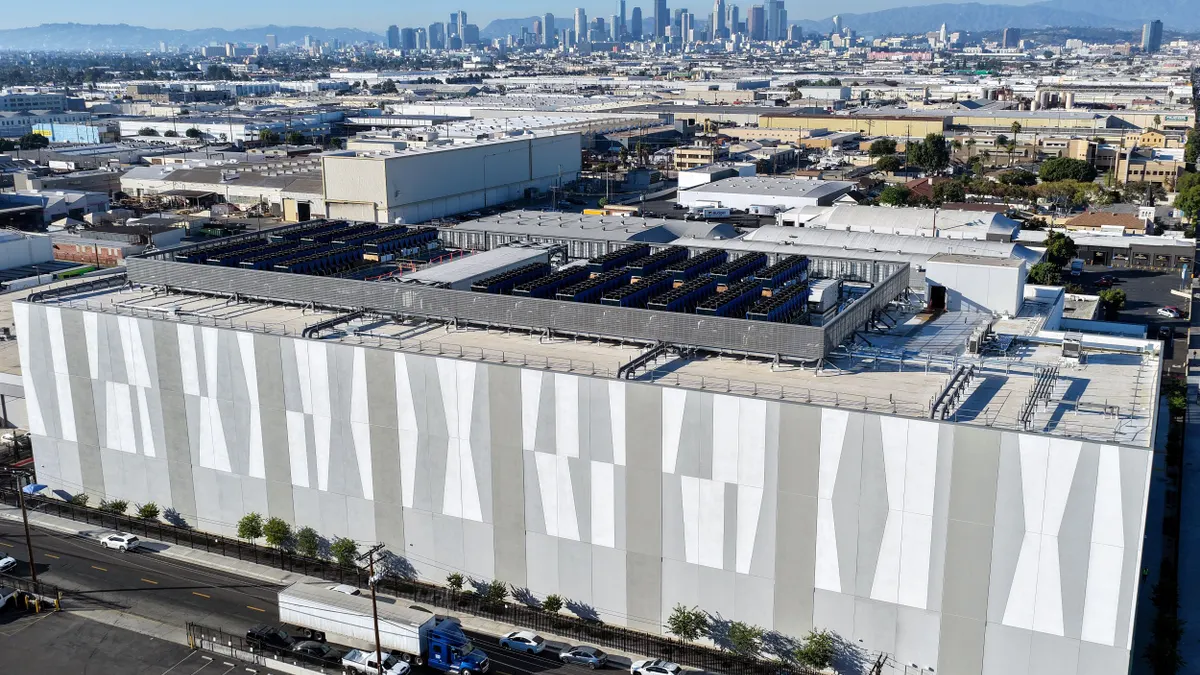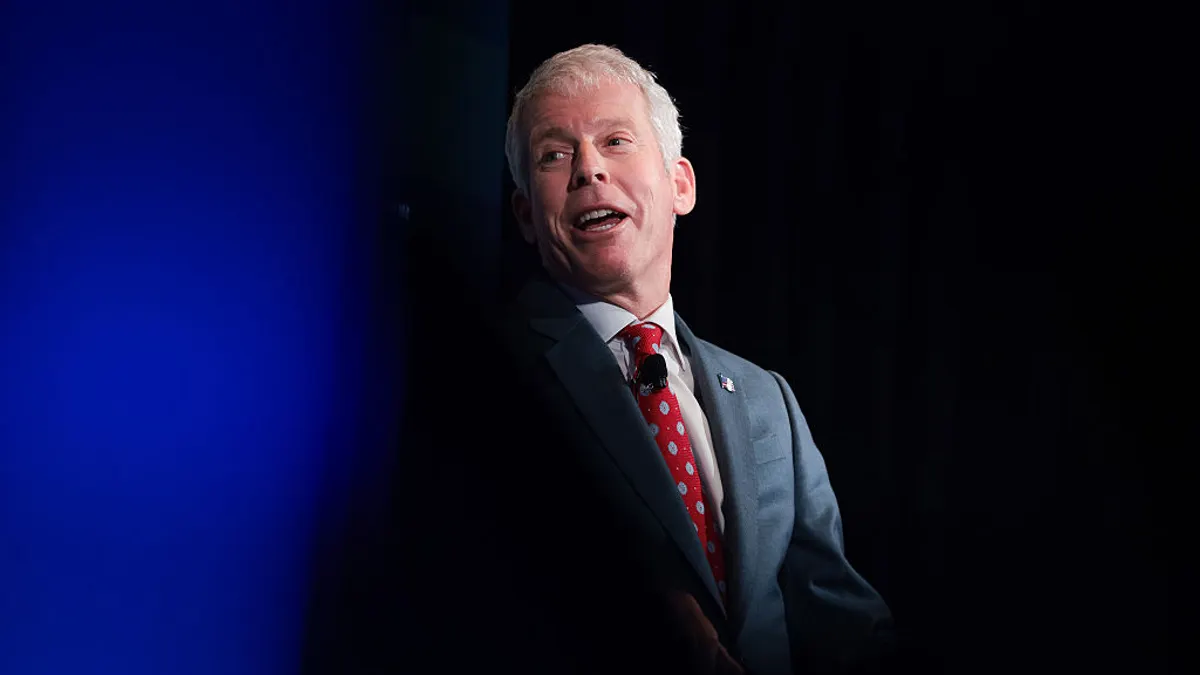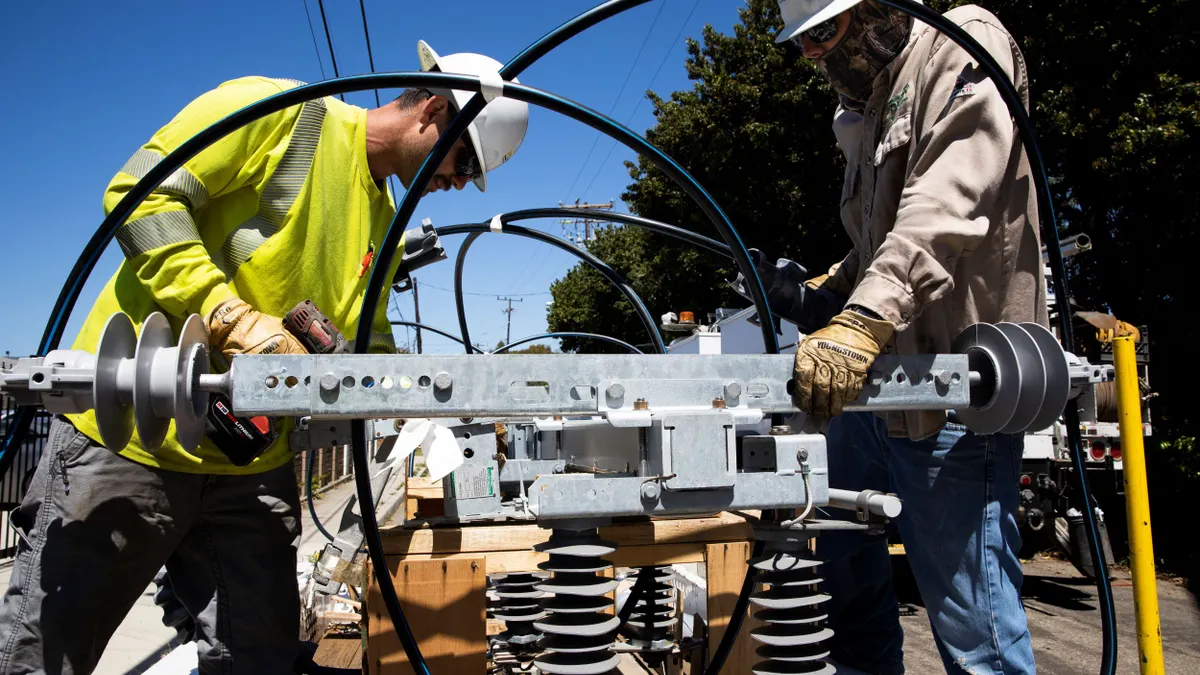Linda Margison is technical advisor and Ryan Henderson is senior manager for emerging energy resources at Hoosier Energy. Linda Stevens is chief strategy officer, smart grid and smart city, at OATI.
School buses are the backbone of public transportation in the United States, with about 500,000 carrying half the nation’s children to and from school daily. In 2024, the number of those buses being converted to electric school buses (ESBs) grew to about 12,000 — or 2.5% of the total fleet — including those funded, ordered, delivered or in operation.
Early adopters of ESBs in rural areas have identified five actions or insights that would have drastically improved their experience. Whether you are exploring fleet electrification or are ready to move forward, this article aims to inform your decisions about where to start, what equipment and software are necessary, and whether selling stored energy back to the electric grid is feasible.
Getting the utility involved early
Before considering the adoption of electric school buses, engage with the local utility early to assess the readiness of the bus depot’s electrical infrastructure. A key factor is whether the existing transformers can support the increased electrical load required to charge the buses.
Charging large-capacity batteries imposes significant demands on the grid, and in many instances, the infrastructure may only be adequate with upgrades. Collaborating with the utility from the onset helps prevent unplanned expenses and aids in strategic planning for a clearer understanding of total project costs, necessary permits and timelines.
Insight #1. Partner with your local utility provider as early as possible. Having the utility identify your infrastructure capacity and any improvements needed is the basis for purchasing appropriate equipment and budgeting the project cost. The utility also may offer rebates or incentive programs.
Insight #2. Consider using smart fleet charging software. Effective software helps you schedule charging, optimize battery usage, and analyze usage data, all which could assist you in minimizing demand charges. However, smart fleet charging software has a cost, which should be weighed against any potential benefit you expect to gain.
Understanding and managing energy costs
Your utility can also explain how charging a school bus may impact your electric bill. A typical commercial electric bill is calculated by multiplying the total number of kilowatt-hours consumed during a billing period by the agreed-upon price per kWh.
Other charges often include demand (peak power usage) and delivery costs, which cover the transportation of electricity to your location via power lines. The total of energy usage charges and potential demand charges determines the final bill amount.
Demand charges are an essential billing component in the EV charging equation. A utility demand charge is a fee added to the bill based on the highest electricity use during a specific period within a billing cycle. This charge reflects the maximum power used at any given moment rather than total energy usage over time. This indicates the relative cost of maintaining grid capacity during peak demand periods.
Smart charging vs. dumb charging
When not connected to an intelligent or “smart” charging software platform, ESB chargers function as simple plug-and-charge or “dumb” chargers. Smart, connected charging can reduce demand charges by enabling the buses to charge when energy costs are lower, while ensuring the buses are ready when needed.
Smart charging software provides insight into efficient charging and analyzes the charging impact on energy costs, a significant factor in the total cost of ownership.
For example, in a use case with six ESBs, all return and begin charging at 4:15 p.m. after completing their routes, incurring a demand rate of 360 kW. In a smart charging configuration, the software recognizes that the system has until 7 a.m. for route readiness and intentionally charges one bus at a time, resulting in a demand rate of only 60 kW. Charging software may, or may not, be included with a bus purchase, so inquire before purchasing separately.
Insight #3. Understand the types of chargers and their uses. Being informed about the differences will help you acquire the right equipment for the school’s needs, instead of buying more powerful chargers than necessary for your situation or future goals.
The basics on ESB charging
EV chargers typically last 5-10 years and cost between $2,000 and $100,000, depending on type, size, use and other factors. Chargers are substantial investments, especially for rural school systems. Understanding the types of chargers and their uses will help make sound, long-term decisions.
Charger sizes
Level 2 Chargers: A 19-kilowatt Level 2 charger is typically used for buses with long idle times and costs less to buy and install. It is compatible with single- or three-phase power and uses a J1772 connector. It usually charges an ESB battery to about 80% in six to eight hours from a 20% state of charge.
Level 3 DC Fast Charging: DCFCs have power levels ranging from 25 kW to over 350 kW, although the higher-powered models are generally not used for routine school bus usage. These chargers require three-phase power, use a CCS1 connector and vary in charging time based on size. A 50-kW DCFC can charge an ESB battery in 2.5 to 4 hours. Level 3 chargers are best for when challenging routes require a quicker turnaround.
Charger types
Unidirectional charging refers to the flow of electricity in one direction: from the power grid to the charger and into the ESB battery. This method is the standard for charging an EV.
Bidirectional charging allows electricity to flow in both directions: from the grid to the charger, then to the vehicle battery, and back out. This enables the ESB battery to discharge electricity.
Each type of charger serves a purpose. Unilateral chargers are limited to recharging batteries. Bidirectional chargers can dispatch available battery capacity for other uses, such as helping balance the grid during peak energy usage, removing load from the grid to reduce congestion, or providing backup power to a building when an outage occurs.
Insight #4. Evaluate your interest in vehicle-to-everything, or V2X, uses. Before buying any chargers, consider your future goals to help determine whether to buy unidirectional or bidirectional chargers. If V2X is a future goal, assess the cost of installing bidirectional chargers against the expense of buying, removing and replacing unidirectional ones later.
Leveraging ESB batteries as a grid/building resource
With route predictability and large battery sizes, ESBs have the technical capability to serve as stored energy sources for discharge back into the grid or backup power to buildings. This concept is known as vehicle-to-grid (V2G), vehicle-to-building (V2B), or V2X and requires a bidirectional charger.
The technology is largely untested with smaller electric school bus fleets due to the potential negative net return. When accounting for bidirectional infrastructure and equipment costs, the probability for revenue growth and a return on investment is more likely in districts with large bus fleets.
This would depend on consistent market participation, the stability of wholesale market prices and the ability to meet the technical requirements of participation. If you are considering V2G, weigh the likelihood of financial gain against infrastructure costs, interconnection complexity and the risks of being a wholesale market participant.
Based on the use case of six buses, the effective capacity in the wholesale market would be about 360 kW. With the projected charger lifespan of 10 years, the expected maximum revenue returned to the school system would be about 56% of the capital investment for just chargers and software. This amount does not factor in the initial cost of buses or infrastructure.
Your local utility provider may offer incentives, rebates or discounted rates for using ESBs as energy storage batteries or participating in other programs. Engaging in the utility’s incentive-based programs could help offset initial costs or lower long-term energy expenses.
However, schools must evaluate whether the added benefits of these systems justify the investment.
Insight #5. Conduct a site-specific feasibility study and cost-benefit analysis. ESB electrification is a substantial investment that should be studied individually, with information and data specific to each school system or network, to gain a more accurate view of its feasibility.
Exploring wholesale market participation
While bidirectional chargers have the technical capability to interconnect to the wholesale market, the process is expensive, complicated, time-consuming and often restrictive for rural school systems.
Rural fleets tend to be smaller and less likely to return value by being a wholesale market participant; a single electric school bus does not meet the 100-kW minimum capacity requirements to participate. Larger bus fleets or networks likely have sufficient combined capacity to register as distributed energy resource aggregation.
Once integrated, realizing financial benefits would depend on consistent market participation and the stability of wholesale market prices. Also, a school system could incur non-performance penalties for not responding when the market calls on the batteries.
For a school considering market participation, collaborating with the local utility — already a market participant — is less complex than registering individually. However, a thorough study and cost-benefit analysis should be conducted to determine the project’s feasibility for a specific school system.






















